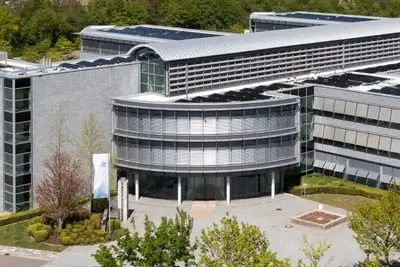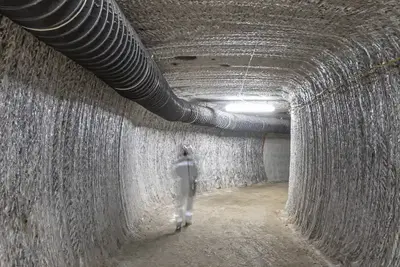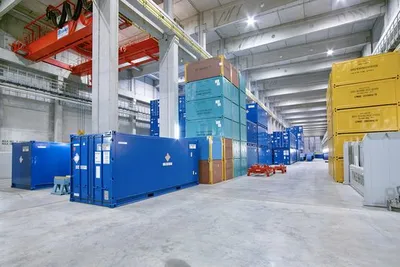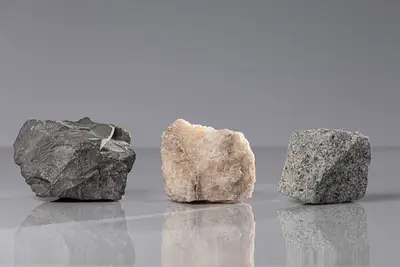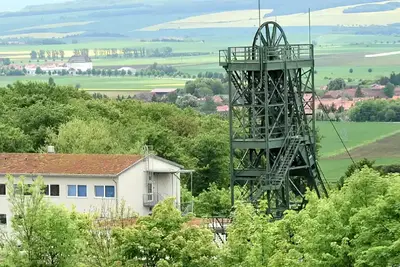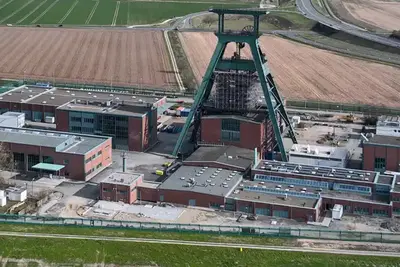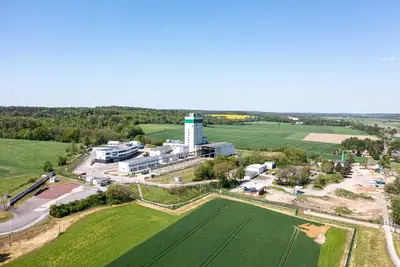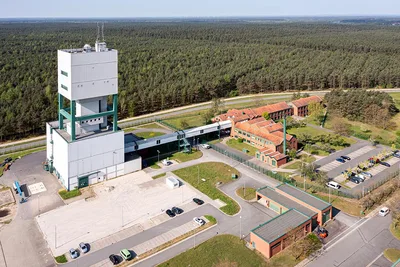Why was Konrad chosen as the repository site?
The original proposal to explore the Konrad site as a repository for radioactive waste stemmed from an initiative of the mining company at the time, with the support of the City of Salzgitter and regional politicians. The proposal was intended to secure the jobs that would otherwise have been lost – as the Konrad iron ore mine had become unprofitable. It also emerged at a time when the federal government was looking for repositories for radioactive waste from nuclear power plants.
Based on favourable data relating to the underlying geology, the federal government commissioned an exploration of the site. This exploratory work took place between 1976 and 1982. The results of the investigations showed that the site was fundamentally suitable for the final disposal of low- and intermediate-level radioactive waste.
The deeper scientific analyses within the framework of the planning approval decision included the consideration of a possible dispersal of radioactive substances based on geological models with conservative assumptions. The results showed that, in a highly unfavourable scenario, radioactive substances could be transported into the biosphere after some 300,000 years at the earliest. Over this period of time, however, radioactive decay would cause these substances to fall well below the safety objectives for the radiological exposure of humans and the environment.
With this and with the safety demonstration to ensure operating safety, which also considers the question of accidents, it was possible to provide the necessary proof of precautions against damage due to the construction, operation, decommissioning and dismantling of the repository within the framework of the planning approval decision.

